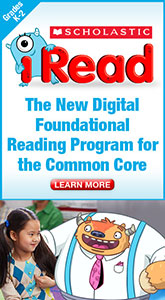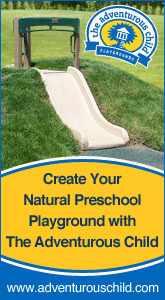Puzzling Results
Stanislaw J. Lec
Susan Levine, Ph.D., from the University of Chicago, offered these insights on spatial thinking in preschoolers on the LearnNow website:
"As studies mount that spatial thinking can actually be enhanced by specific activities at the pre-K level, what can we say about methods that actually work? Our latest published work honed in on the dynamics of puzzle play with children as they migrated from ages 2 to 4.5. We tracked 53 pairs of kids and their primary caregivers (mostly mothers), at multiple intervals for 90 minutes per visit, recording the encounters on video.
"One of the strongest take-home messages from our study is that richer engagement with puzzle play at 2 produced a stronger grasp of STEM-centric concepts at 4.5. Specifically, the children who showed the most engagement with puzzle play at 2 stayed on their trajectory throughout our study period. Moreover, the strong puzzlers, when tested at age 4.5, performed well above their age peers in one of the gold standard tests for spatial skills — the ability to mentally rotate an object.
"So what’s the link between puzzle and spatial? Mastering the placement of puzzle pieces inherently compels the mind — young or old — to recognize shapes and patterns in certain objects and then to imagine how they might fit into the larger whole. More often than not, the skilled players must rotate the piece in their minds to conceive of its place, and then must test their hypothesis by actually trying to place it where they believe it to belong."
For more information about Exchange's magazine, books, and other products pertaining to ECE, go to www.ccie.com.
|
© 2005 Child Care Information Exchange - All Rights Reserved | Contact Us | Return to Site


